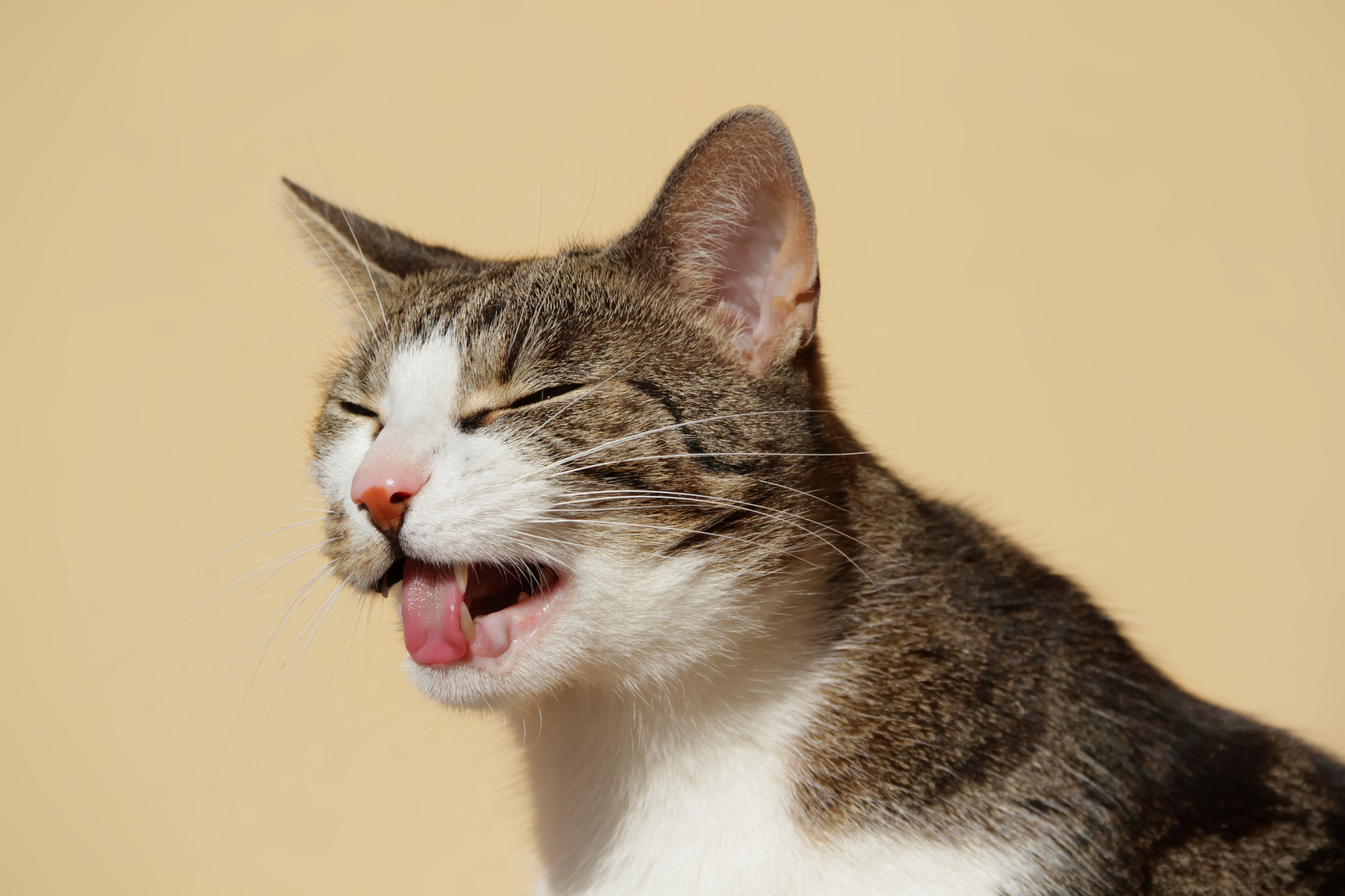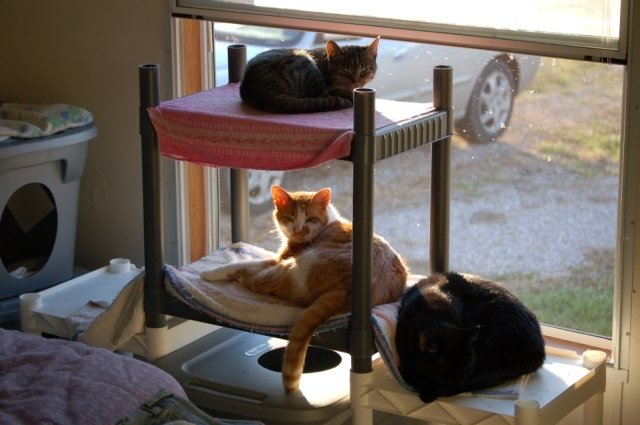Epilepsy is a condition that not only affects humans but also our dear four-legged companions - cats. Being a neurological disorder, epilepsy in cats manifests as recurrent seizures that are often startling to witness. Despite its relative rarity in cats compared to dogs, it is an important issue that needs understanding by every cat owner.
Recognizing and understanding epilepsy in cats is crucial for various reasons. First and foremost, it paves the way for prompt and appropriate medical attention. It also equips cat owners with the knowledge to manage their cat's condition, provide effective home care, and ensure the cat enjoys a high quality of life despite their diagnosis.
In this article, we will help you to decipher the signs, understand the causes, and explore potential treatment options. While the prospect of your cat suffering from epilepsy can be daunting, rest assured that with the right knowledge and veterinary support, you can confidently navigate this health challenge alongside your furry friend.
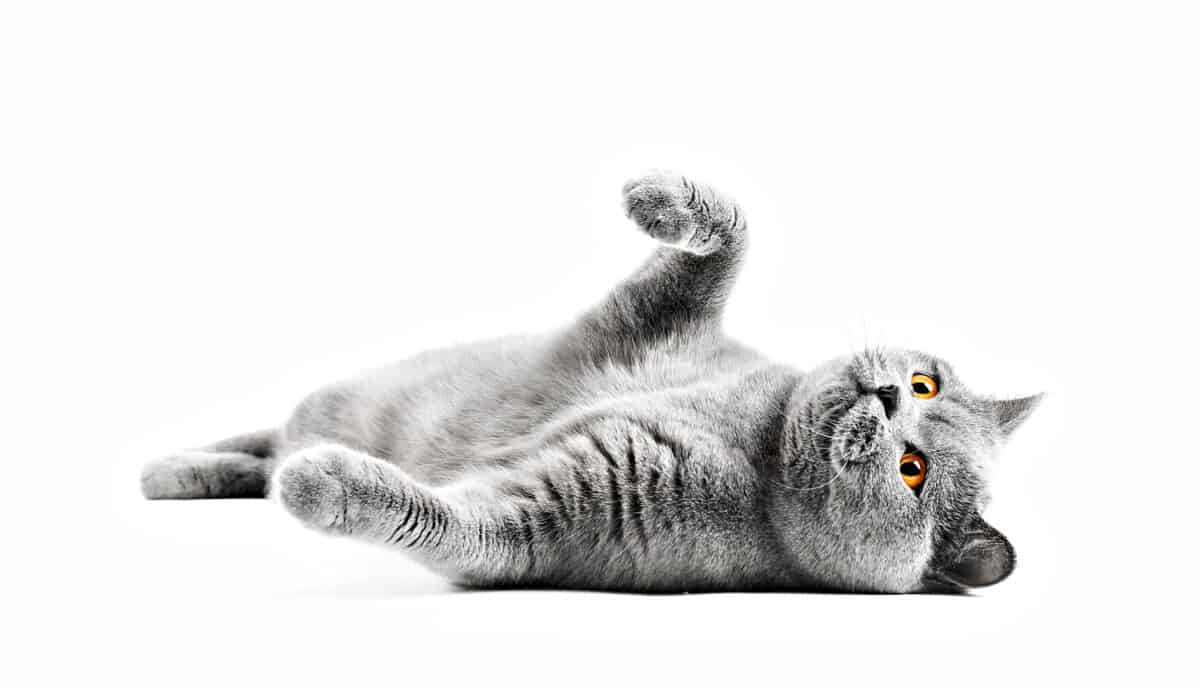
Understanding Epilepsy: More than Just Seizures
Epilepsy, at its core, is a neurological disorder that results in recurrent seizures. But what exactly are these seizures? Simply put, they're sudden bursts of electrical activity in the brain that temporarily disrupt its normal function. This surge can result in a range of physical manifestations, from minor twitching to severe convulsions, which are what we typically recognize as seizures.
While all seizures are cause for concern, it's important to note that not all seizures are a result of epilepsy. Epilepsy is specifically characterized by these seizures occurring repeatedly over a period of time, and typically without any immediately identifiable cause.
There are three main types of epilepsy: congenital, idiopathic, and acquired.
Congenital Epilepsy
Congenital epilepsy is an inherited form of the disorder. This means that the cat is born with a genetic predisposition to develop epilepsy. It's not always apparent at birth, and symptoms might not become evident until later in life.
Idiopathic Epilepsy
Idiopathic epilepsy, on the other hand, is when seizures occur for no discernible reason. There is no identifiable brain abnormality, no genetic predisposition, and no previous injury or disease that would explain the occurrence of seizures. This form of epilepsy can be particularly puzzling for both owners and veterinarians alike, as there seems to be no clear trigger or cause.
Acquired Epilepsy
Lastly, acquired epilepsy is when the seizures are a result of a specific event or condition, such as a head injury, infection, or disease that has caused damage to the brain. This type of epilepsy often has a more straightforward diagnosis, as the cause of the seizures can usually be traced back to the specific incident or condition.
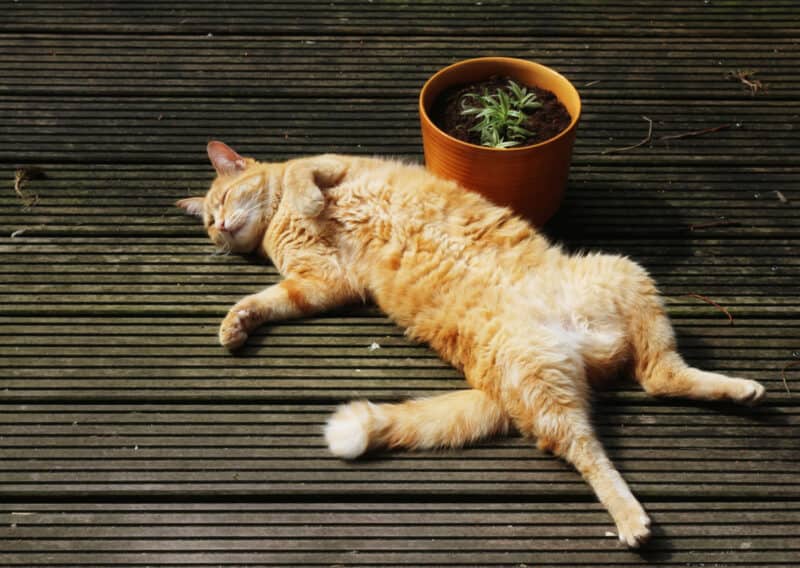
Recognizing and Responding to Seizures in Cats
Seeing your beloved pet in distress can be an incredibly heart-wrenching experience. A seizure, with its sudden onset and convulsive movements, can be particularly alarming. Your cat may seem disoriented, have spasms, or even lose consciousness.
It's only natural for this sight to cause panic and fear. After all, our pets are part of our family, and it's tough to witness them in any kind of pain or discomfort.
However, it's crucial to keep in mind that epilepsy, while certainly a serious condition, is notably rare in cats. In fact, most veterinarians encounter epileptic seizures far more frequently in dogs than in their feline patients.
This isn't to downplay the gravity of the situation but rather to provide some reassurance that most cats will never experience a seizure in their lifetime.
Recognizing the Signs: How to Identify a Seizure in Cats
Seizures can manifest in various forms and intensities, from subtle twitches to full-blown convulsions. However, the most common and recognizable type of seizure is the Grand Mal seizure, which occurs in three distinct phases:
Phase 1: Prodromal Period
This phase acts as a precursor to the seizure itself. During this time, your cat may sense the impending seizure and behave unusually. This could include restlessness, excessive affection, or other out-of-character behavior. Recognizing this change can provide a critical warning that a seizure may be imminent.
Phase 2: Seizure Phase
This is the stage where the seizure becomes visibly apparent. Your cat's consciousness may be impaired, and increased motor movement often takes place. Typical signs include collapsing, spasmodic leg movements, and facial muscle twitching. Some cats might also involuntarily defecate, urinate, or vomit during this phase.
Phase 3: Post-Seizure Phase
In the aftermath of the seizure, many cats exhibit unique behavior. This could range from sleeping excessively, eating more than usual, or pacing restlessly. Between these seizures, your cat may appear completely normal and healthy.
Aside from Grand Mal seizures, cats might also experience partial or focal seizures where only certain parts of the body twitch or shake, or absence seizures which involve brief periods of unconsciousness or "spacing out."
However, these are less common and may be harder to detect without close observation. Knowing your pet's typical behavior is key to spotting these subtle differences.
Causes of Seizures in Cats
Seizures in cats, while distressing, are symptomatic of underlying issues. These triggers can range from medical conditions, and nutrient deficiencies, to external factors. It's crucial to explore these potential causes before attributing seizures to epilepsy.
Medical Conditions and Seizures
Certain diseases and health conditions can be potential seizure triggers in cats. Infectious diseases that affect the brain, such as feline infectious peritonitis (FIP) or feline immunodeficiency virus (FIV), can cause seizures.
Additionally, conditions like hypoglycemia (low blood sugar) or kidney and liver disease may also induce seizures as they can affect the brain's functioning.
Nutrient Deficiencies and Seizures
Nutrient deficiency is another potential trigger. Specifically, thiamine (vitamin B1) deficiency is known to cause seizures in cats. Thiamine is vital for a cat's nervous system and a lack thereof can lead to neurological problems like seizures.
External Factors and Seizures
Head trauma, exposure to toxic substances, or even sudden changes in environment or diet can trigger seizures. It's essential to observe if seizures occur post any such incidents or changes.
Before diagnosing a cat with epilepsy, your vet will aim to rule out these factors. A detailed medical history, physical examination, and relevant tests such as a complete blood count, urinalysis, and possibly an MRI or a spinal tap, may be necessary.
If no underlying cause is found, and the seizures persist, only then does a diagnosis of idiopathic epilepsy come into play.
Remember, seizures are not a disease in themselves, but rather a symptom. Pinpointing their cause is vital to ensuring your cat receives the appropriate treatment and enjoys a high quality of life.
SIGN UP FOR THECATSITE'S EMAIL UPDATES >
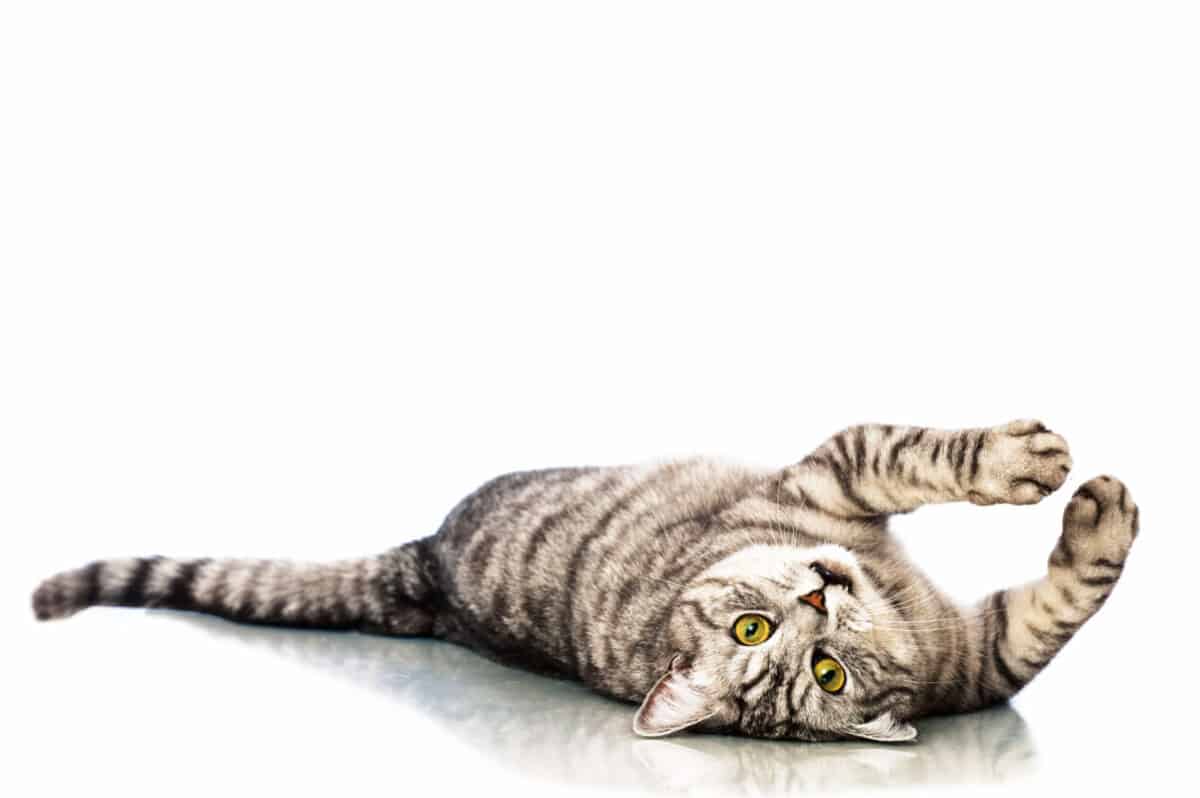
Diagnostic Process for Cat Epilepsy
A diagnosis of epilepsy in cats is not straightforward and involves a process of elimination. Understanding the journey can provide peace of mind and valuable insight into your cat's health.
Examinations and Tests: First Steps
The initial step towards diagnosis is a comprehensive physical examination and history taking by your vet. This will help to identify any obvious external causes or potential triggers for the seizures.
A complete blood count and urinalysis are standard tests that can shed light on your cat's overall health and indicate if there are any systemic problems causing the seizures.
In more complex cases, your vet may also suggest further diagnostic imaging like an MRI (Magnetic Resonance Imaging) scan. An MRI can provide detailed images of the brain and help detect any structural abnormalities or diseases that could be causing seizures.
Venturing Deeper: The Role of a Neurologist
If no clear cause for the seizures is found through the initial tests and examination, your vet might refer you to a neurologist. A neurologist specializes in diseases of the nervous system and can provide further insight into your cat's condition.
A neurologist may carry out a spinal tap, also known as a lumbar puncture, to analyze the cerebrospinal fluid. This can reveal abnormalities related to the central nervous system that may be causing the seizures.
Referral to a neurologist is an important step in the diagnosis process, particularly for cases where the cause of seizures remains elusive. These specialists possess the expertise and tools necessary to identify the root cause of your cat's symptoms.
Treatment Options for Cats with Epilepsy
Once you've navigated the path of diagnosis, the next phase involves treating your cat's epilepsy. Knowing the options available and the expectations for long-term management can provide a solid foundation for you and your cat's journey toward health.
Initial Treatment Paths
Epilepsy, especially idiopathic epilepsy that has no other known cause, is primarily managed with anticonvulsant medications. These drugs serve to reduce the frequency and severity of seizures, allowing your cat to lead a more normal life.
Phenobarbital is often the initial anticonvulsant medication of choice. Administered orally, this drug can effectively control seizures in many cats. In certain cases, when the seizures are not adequately controlled by phenobarbital alone, your vet may recommend additional medications like levetiracetam.
Long-Term Management and Care
Long-term management of epilepsy involves consistency in medication administration and monitoring for potential side effects. Regular blood tests might be necessary to ensure that the levels of medication are therapeutic and not causing harm to your cat's liver.
Living with epilepsy is a long-term commitment. It involves regular visits to the vet and strict adherence to the prescribed medication regimen. However, with your dedication and the guidance of your vet, many cats with epilepsy can lead comfortable, fulfilling lives.
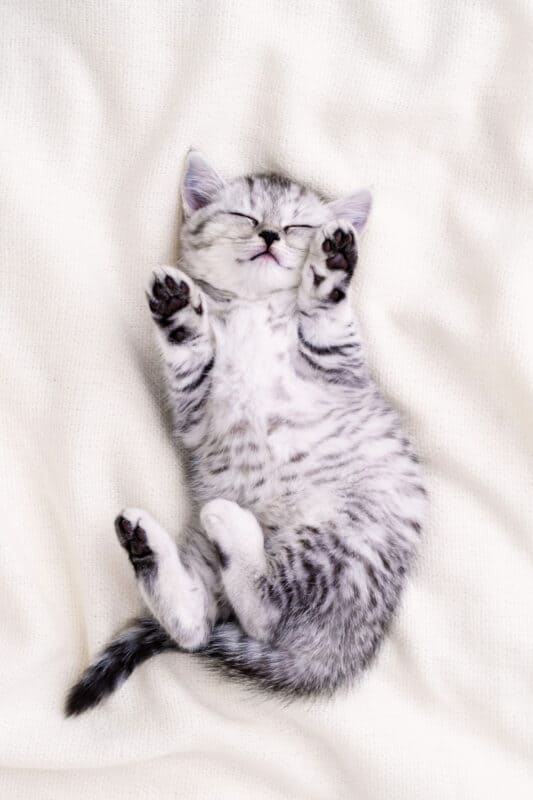
Living with a Cat with Epilepsy
While a diagnosis of epilepsy can initially feel overwhelming, it is important to remember that with the right care and attention, your cat can still live a full and happy life. Understanding how to navigate both the daily routine and occasional challenges is key to creating a comforting environment for your epileptic cat.
Caring for Your Epileptic Cat
Routine is critical for a cat with epilepsy. This extends from maintaining a regular feeding schedule to administering medication at the same times each day. Regular vet check-ups are also crucial to monitor your cat's condition and adjust medication levels as necessary.
Try to minimize stress for your cat, as stress can potentially trigger seizures. Keep the home environment calm, avoid abrupt changes in your cat's lifestyle, and ensure your cat gets plenty of rest.
Assisting During and After a Seizure
Witnessing your cat has a seizure can be frightening, but it's important to stay calm and follow these steps to help your cat:
- During a seizure, keep your cat safe. Clear the area of anything sharp or hard that your cat might hit. Never try to restrain your cat or put anything in their mouth during a seizure.
- After the seizure, your cat may be disoriented. Provide a quiet, comfortable space where your cat can rest and recover.
- Always report seizures to your vet. Note the date, time, and length of the seizure, as well as any behaviors you observed before and after. This information can help your vet in managing your cat's epilepsy.
Epilepsy requires a commitment to regular veterinary care and daily medication, but it does not define your cat. With patience, love, and appropriate care, your cat can continue to live a joyful life. And remember, you're not alone. Many cat owners are successfully managing this condition and can offer support and advice.
Wrapping Up: Understanding and Managing Cat Epilepsy
Navigating through the journey of epilepsy in your beloved cat might seem daunting, but armed with knowledge and a caring vet, it's completely manageable. To summarize, epilepsy in cats is a condition that causes recurring seizures due to congenital factors, idiopathic causes, or as an aftermath of trauma.
Taking care of a cat with epilepsy involves diligence in medication, maintaining a calm and stable environment, regular veterinary check-ups, and most importantly, a whole lot of love and patience. In the midst of a seizure, safety, and comfort are paramount for your cat.
The journey may have its ups and downs, but remember, epilepsy doesn't define your cat. They're still the same lovable pet with their own unique personality. With consistent veterinary care and your enduring affection, you can successfully manage this condition and give your cat a happy, fulfilling life.
SIGN UP FOR THECATSITE'S EMAIL UPDATES >
Recommended Reading:
Feline Idiopathic Cystitis – How To Improve Your Cat’s Quality Of Life
Comments? Leave them using the form below. Questions? Please use the cat forums for those!
Note: We may get commissions for purchases made through links on this page.

![Exhausted maine coon kitten standing on the lawn with mouth open, Why Is My Cat Panting? [And What To Do About It]](https://thecatsite.com/c/wp-content/uploads/2021/05/Exhausted-maine-coon-kitten-standing-on-the-lawn-with-mouth-open-260x170.jpg)
